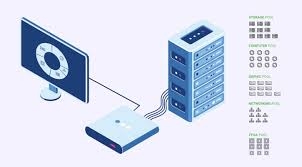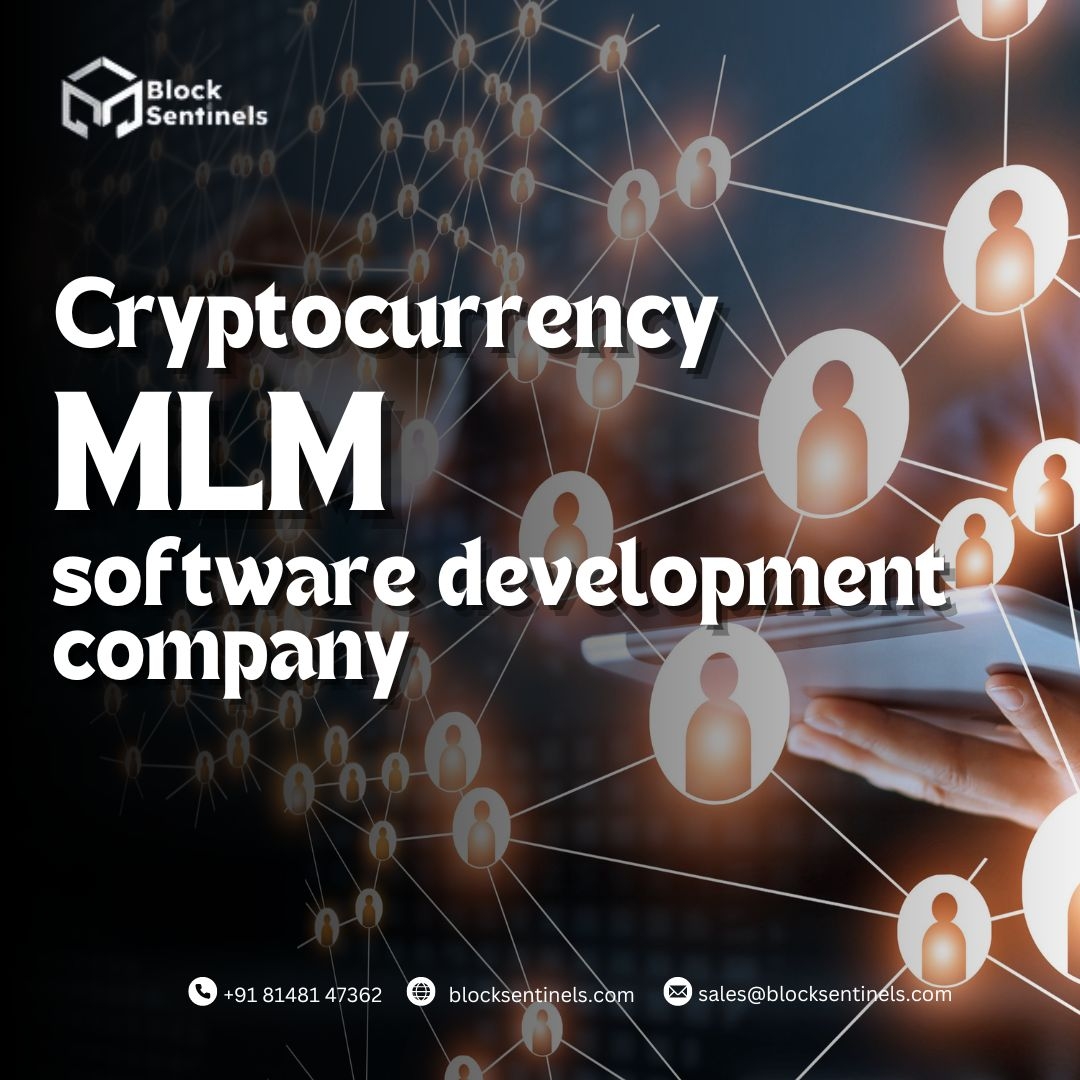Intent-Based Networking (IBN): Boosting Network Efficiency
Intent-Based Networking (IBN) represents a revolutionary approach to network management, leveraging the power of artificial intelligence and machine learning to simplify and automate complex network operations. At its core, IBN enables network administrators to define desired outcomes or intents, which the network then uses to automatically configure and optimize itself to achieve these outcomes. This paradigm shift from traditional manual network management to an intent-driven model promises to enhance efficiency, reduce errors, and improve overall network performance.
One of the key benefits of Intent-Based Networking (IBN) is its ability to translate high-level business policies into network configurations. Network administrators can specify intents such as prioritizing certain types of traffic, ensuring compliance with security policies, or optimizing network resources for specific applications. The IBN system then interprets these intents and dynamically adjusts the network settings to meet the specified goals. This not only reduces the complexity of managing modern, intricate networks but also ensures that the network consistently aligns with business objectives.
Security is another critical area where Intent-Based Networking IBN excels. Traditional network security measures often struggle to keep pace with the evolving threat landscape, leaving vulnerabilities that can be exploited by malicious actors. IBN, however, enhances network security by continuously monitoring network activities and automatically implementing security policies based on predefined intents. This proactive approach enables the network to respond swiftly to potential threats, mitigating risks and safeguarding sensitive data. Moreover, IBN's ability to ensure compliance with regulatory requirements simplifies the audit process and helps organizations avoid costly fines and reputational damage.
The efficiency and agility provided by Intent-Based Networking IBN are particularly valuable in today's fast- paced business environment. By automating routine network management tasks, IBN frees up IT personnel to focus on strategic initiatives and innovation. This not only boosts productivity but also enables organizations to respond more rapidly to changing business needs. For instance, in the event of a network failure or a sudden spike in demand, the IBN system can quickly adapt and reconfigure the network to maintain optimal performance and minimize downtime.
Despite its many advantages, the adoption of IBN is not without challenges. One of the primary obstacles is the need for advanced AI and machine learning algorithms capable of accurately interpreting intents and translating them into network configurations. Additionally, integrating IBN with existing legacy systems can be complex and resource-intensive. However, as technology continues to advance and more organizations recognize the benefits of IBN, these challenges are expected to diminish.
Looking ahead, the future of IBN appears promising, with several trends poised to drive its evolution. The integration of IBN with other emerging technologies, such as edge computing and 5G, will further enhance its capabilities and expand its applications. Moreover, advancements in AI and machine learning will lead to more sophisticated and intuitive IBN systems, enabling even greater levels of automation and intelligence. As these developments unfold, IBN is set to become an indispensable tool for modern network management, transforming the way organizations design, operate, and secure their networks.
https://www.marketdigits.com/intent-based-networking-ibn-market
Intent-Based Networking (IBN) represents a revolutionary approach to network management, leveraging the power of artificial intelligence and machine learning to simplify and automate complex network operations. At its core, IBN enables network administrators to define desired outcomes or intents, which the network then uses to automatically configure and optimize itself to achieve these outcomes. This paradigm shift from traditional manual network management to an intent-driven model promises to enhance efficiency, reduce errors, and improve overall network performance.
One of the key benefits of Intent-Based Networking (IBN) is its ability to translate high-level business policies into network configurations. Network administrators can specify intents such as prioritizing certain types of traffic, ensuring compliance with security policies, or optimizing network resources for specific applications. The IBN system then interprets these intents and dynamically adjusts the network settings to meet the specified goals. This not only reduces the complexity of managing modern, intricate networks but also ensures that the network consistently aligns with business objectives.
Security is another critical area where Intent-Based Networking IBN excels. Traditional network security measures often struggle to keep pace with the evolving threat landscape, leaving vulnerabilities that can be exploited by malicious actors. IBN, however, enhances network security by continuously monitoring network activities and automatically implementing security policies based on predefined intents. This proactive approach enables the network to respond swiftly to potential threats, mitigating risks and safeguarding sensitive data. Moreover, IBN's ability to ensure compliance with regulatory requirements simplifies the audit process and helps organizations avoid costly fines and reputational damage.
The efficiency and agility provided by Intent-Based Networking IBN are particularly valuable in today's fast- paced business environment. By automating routine network management tasks, IBN frees up IT personnel to focus on strategic initiatives and innovation. This not only boosts productivity but also enables organizations to respond more rapidly to changing business needs. For instance, in the event of a network failure or a sudden spike in demand, the IBN system can quickly adapt and reconfigure the network to maintain optimal performance and minimize downtime.
Despite its many advantages, the adoption of IBN is not without challenges. One of the primary obstacles is the need for advanced AI and machine learning algorithms capable of accurately interpreting intents and translating them into network configurations. Additionally, integrating IBN with existing legacy systems can be complex and resource-intensive. However, as technology continues to advance and more organizations recognize the benefits of IBN, these challenges are expected to diminish.
Looking ahead, the future of IBN appears promising, with several trends poised to drive its evolution. The integration of IBN with other emerging technologies, such as edge computing and 5G, will further enhance its capabilities and expand its applications. Moreover, advancements in AI and machine learning will lead to more sophisticated and intuitive IBN systems, enabling even greater levels of automation and intelligence. As these developments unfold, IBN is set to become an indispensable tool for modern network management, transforming the way organizations design, operate, and secure their networks.
https://www.marketdigits.com/intent-based-networking-ibn-market
Intent-Based Networking (IBN): Boosting Network Efficiency
Intent-Based Networking (IBN) represents a revolutionary approach to network management, leveraging the power of artificial intelligence and machine learning to simplify and automate complex network operations. At its core, IBN enables network administrators to define desired outcomes or intents, which the network then uses to automatically configure and optimize itself to achieve these outcomes. This paradigm shift from traditional manual network management to an intent-driven model promises to enhance efficiency, reduce errors, and improve overall network performance.
One of the key benefits of Intent-Based Networking (IBN) is its ability to translate high-level business policies into network configurations. Network administrators can specify intents such as prioritizing certain types of traffic, ensuring compliance with security policies, or optimizing network resources for specific applications. The IBN system then interprets these intents and dynamically adjusts the network settings to meet the specified goals. This not only reduces the complexity of managing modern, intricate networks but also ensures that the network consistently aligns with business objectives.
Security is another critical area where Intent-Based Networking IBN excels. Traditional network security measures often struggle to keep pace with the evolving threat landscape, leaving vulnerabilities that can be exploited by malicious actors. IBN, however, enhances network security by continuously monitoring network activities and automatically implementing security policies based on predefined intents. This proactive approach enables the network to respond swiftly to potential threats, mitigating risks and safeguarding sensitive data. Moreover, IBN's ability to ensure compliance with regulatory requirements simplifies the audit process and helps organizations avoid costly fines and reputational damage.
The efficiency and agility provided by Intent-Based Networking IBN are particularly valuable in today's fast- paced business environment. By automating routine network management tasks, IBN frees up IT personnel to focus on strategic initiatives and innovation. This not only boosts productivity but also enables organizations to respond more rapidly to changing business needs. For instance, in the event of a network failure or a sudden spike in demand, the IBN system can quickly adapt and reconfigure the network to maintain optimal performance and minimize downtime.
Despite its many advantages, the adoption of IBN is not without challenges. One of the primary obstacles is the need for advanced AI and machine learning algorithms capable of accurately interpreting intents and translating them into network configurations. Additionally, integrating IBN with existing legacy systems can be complex and resource-intensive. However, as technology continues to advance and more organizations recognize the benefits of IBN, these challenges are expected to diminish.
Looking ahead, the future of IBN appears promising, with several trends poised to drive its evolution. The integration of IBN with other emerging technologies, such as edge computing and 5G, will further enhance its capabilities and expand its applications. Moreover, advancements in AI and machine learning will lead to more sophisticated and intuitive IBN systems, enabling even greater levels of automation and intelligence. As these developments unfold, IBN is set to become an indispensable tool for modern network management, transforming the way organizations design, operate, and secure their networks.
https://www.marketdigits.com/intent-based-networking-ibn-market
0 Comentários
0 Compartilhamentos






